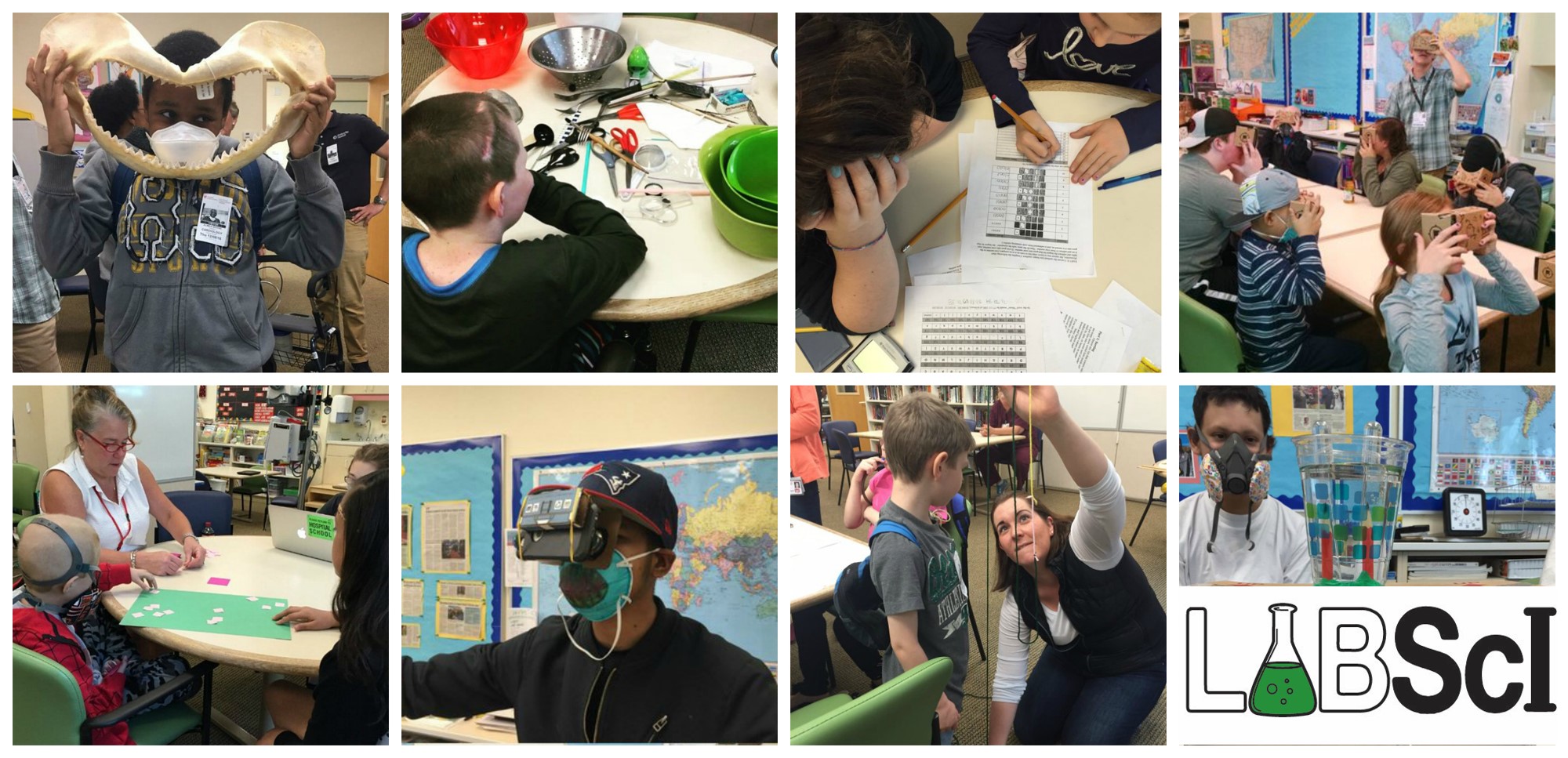In this lab, we will investigate how frequently genetic traits appear, and how this can be predicted by using the Hardy-Weinberg Principle.
Download the labs!
Student Version
Student Advanced Version
Recommended Prerequisites:
None!
Key Concepts:
- A population is a group of organisms of the same species that live and breed in the same area.
- Alleles are alternate forms of genes. In standard Mendelian genetics, two alleles—one from each parent—control an inherited trait or characteristic (e.g. seed pod color).
- A gene pool is the collective term representing all the genes, including all the different alleles, found in a population.
- The written expression of the DNA code, called the genotype, is normally represented using two letters, each letter representing one allele (e.g. AA).
- Dominant alleles are represented by capital (uppercase) letters.
- Recessive alleles are represented by lowercase letters.
- Genotypes with two dominant alleles (e.g. AA) are referred to as homozygous dominant.
- Genotypes with two recessive alleles (e.g. aa) are referred to as homozygous recessive.
- Genotypes with one dominant and one recessive allele (e.g. Aa) are referred to as heterozygous.
- The physical expression of the genotype (e.g. brown hair, blue eyes) is called the phenotype.
- In standard Mendelian genetics, the heterozygous condition (e.g. Aa) retains the homozygous dominant phenotype because the dominant allele masks the phenotype of the recessive allele. An example of this in humans would be a heterozygote for brown eye color. The person would carry both a dominant brown allele “A” and a recessive blue allele “a” yet have brown eyes. The dominant brown allele masks the recessive blue allele.
- Genetic equilibrium is the state in which allele frequencies remain constant.
- The Hardy-Weinberg Principle, named for English mathematician G.H. Hardy and German physician W. Weinberg, is a model used to help clarify evolutionary change by determining what happens if no change occurs. When no change occurs and an environment is stable, genetic equilibrium is maintained.
- The Hardy-Weinberg Principle states that for genetic equilibrium to be maintained from one generation to the next, five conditions must be met:
- Random mating – all individuals in a population have equal opportunity to pass on their alleles to offspring.
- Large populations – genetic drift, or random changes in allele frequency, has less effect on large populations than small populations.
- No mutations – if genes randomly mutate, new alleles may be introduced into the population and allele frequencies will change.
- No migration – individuals cannot move into or out of the population.
- No natural selection – all genotypes must have equal probabilities of reproduction.
- Two equations are used to model the Hardy-Weinberg Principle.
- p + q = 1; where p represents the dominant allele, “A,” and q represents the recessive allele, “a.” This equation, used to calculate allele frequency, equals 1 or 100% of the population.
- p2 + 2pq + q2 = 1; where p2 represents the homozygous dominant genotype, 2pq represents the heterozygous genotype, and q2 represents the homozygous recessive genotype. This equation, used to calculate genotype frequency, equals 1 or 100% of the population.
Materials:
-
Laptop or desktop computers with Internet access (optional).
-
Two types of beans (marbles or any other similar objects work as well) that are the same size but different colors:
-
70 dark colored beans (ex. pinto beans)
- 30 white or light colored beans (ex. white great northern beans)
-
-
Brown paper (or other opaque) bag .
-
Calculators.
